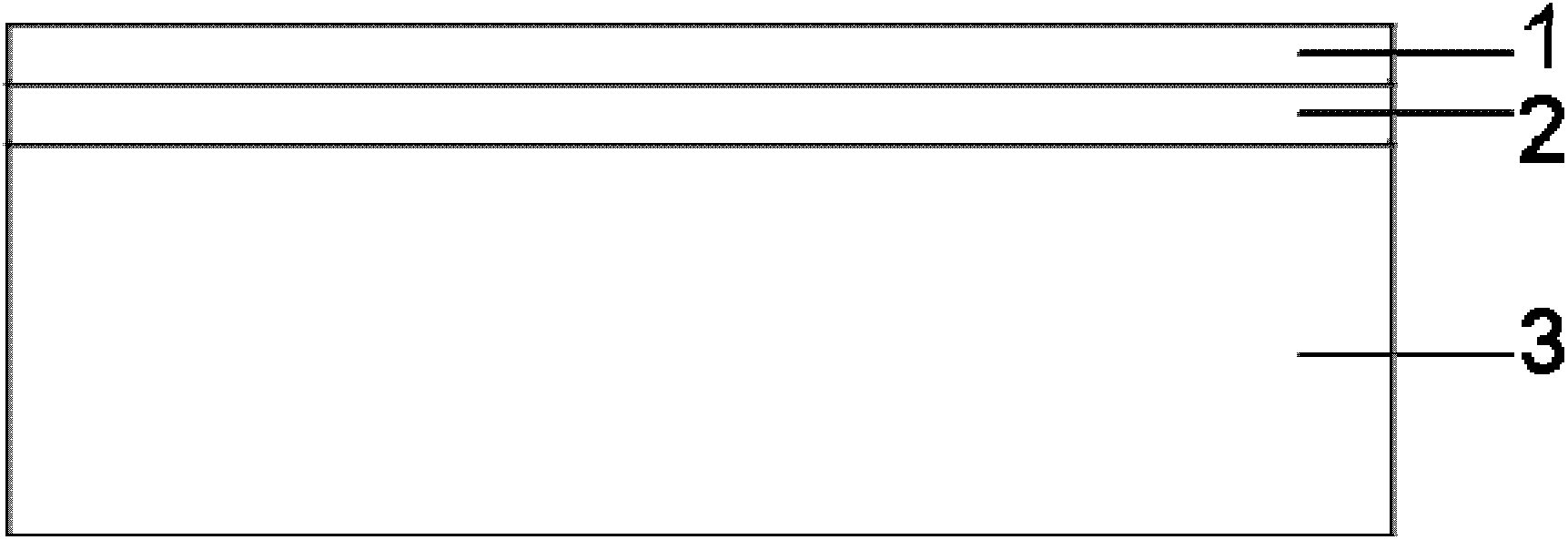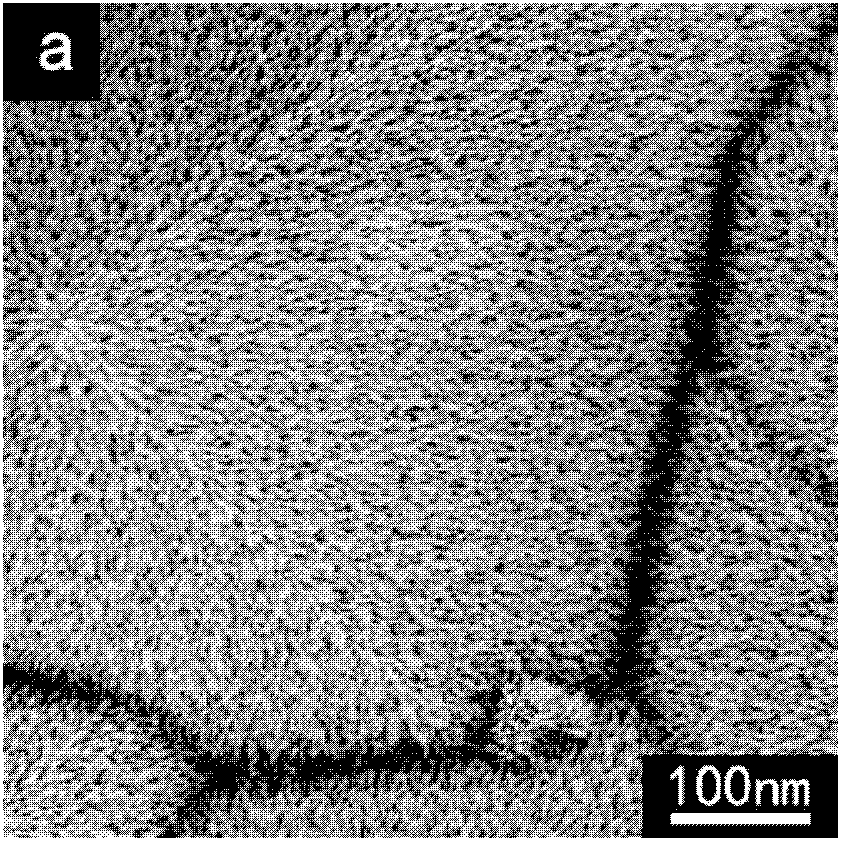A method of increasing light absorption of solar cells
A solar cell and light absorption technology, applied in the field of solar energy applications, to achieve the effects of low cost, fully compatible production process and abundant reserves
- Summary
- Abstract
- Description
- Claims
- Application Information
AI Technical Summary
Problems solved by technology
Method used
Image
Examples
Embodiment 1
[0036] Disperse zinc oxide nanoparticles with a particle diameter of 80-100nm in water to form a solution with a volume concentration of 0.8% zinc oxide nanoparticles; then apply the solution on the surface by spin coating at a speed of 350rad / min On the light-receiving surface of the monocrystalline silicon solar cell, zinc oxide nanoparticles are uniformly dispersed on the light-receiving surface of the monocrystalline silicon solar cell; finally, the monocrystalline silicon solar cell coated with zinc oxide nanoparticles is naturally air-dried in the air.
[0037] The composition and structure of the product obtained above were characterized, and it can be seen from the XRD spectrum and scanning electron microscope photos that a layer of zinc oxide nanoparticles with a particle diameter of 80-100 nm grows on the light-receiving surface of the single crystal silicon solar cell.
[0038] The schematic diagram of its product structure is shown in figure 1 As shown, a layer of ...
Embodiment 2
[0040] Disperse titanium dioxide nanoparticles with a particle diameter of 60-80nm in water to form a solution with a volume concentration of 0.5% of titanium dioxide nanoparticles; uniformly dispersed on the light-receiving surface of the polycrystalline silicon solar cell; finally, the polycrystalline silicon solar cell coated with titanium dioxide nanoparticles is naturally air-dried in the air.
[0041] The composition and structure of the product obtained above were characterized, and it can be seen from the XRD spectrum and scanning electron microscope photos that a layer of titanium dioxide nanoparticles with particle diameters of 60-80 nm grows on the light-receiving surface of the polycrystalline silicon solar cell.
Embodiment 3
[0043] Disperse tin dioxide nanoparticles with a particle diameter of 60-80nm in water to form a solution with a volume concentration of 0.5% tin dioxide nanoparticles; then apply the solution by spin coating at a speed of 350rad / min Cover the light-receiving surface of the thin-film solar cell, so that the tin dioxide nanoparticles are uniformly dispersed on the light-receiving surface of the thin-film solar cell; finally, the thin-film solar cell coated with the tin dioxide nano-particle is naturally air-dried in the air.
[0044]The composition and structure of the product obtained above were characterized, and it can be seen from the XRD spectrum and scanning electron microscope photos that a layer of tin dioxide nanoparticles with a particle diameter distribution of 60-80 nm grows on the light-receiving surface of the thin-film solar cell.
PUM
 Login to View More
Login to View More Abstract
Description
Claims
Application Information
 Login to View More
Login to View More - R&D
- Intellectual Property
- Life Sciences
- Materials
- Tech Scout
- Unparalleled Data Quality
- Higher Quality Content
- 60% Fewer Hallucinations
Browse by: Latest US Patents, China's latest patents, Technical Efficacy Thesaurus, Application Domain, Technology Topic, Popular Technical Reports.
© 2025 PatSnap. All rights reserved.Legal|Privacy policy|Modern Slavery Act Transparency Statement|Sitemap|About US| Contact US: help@patsnap.com



